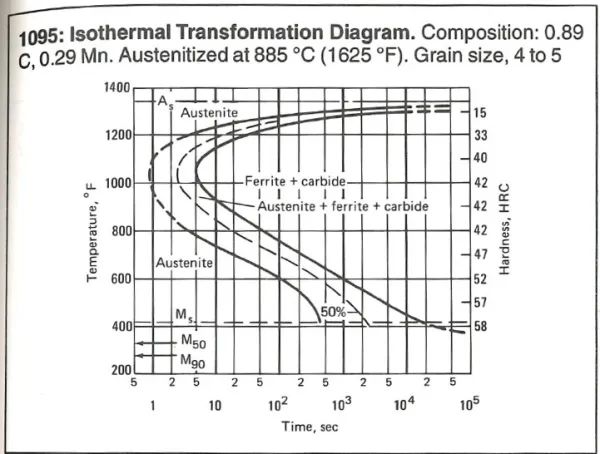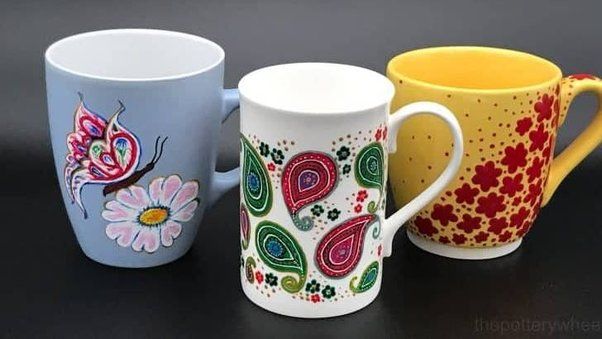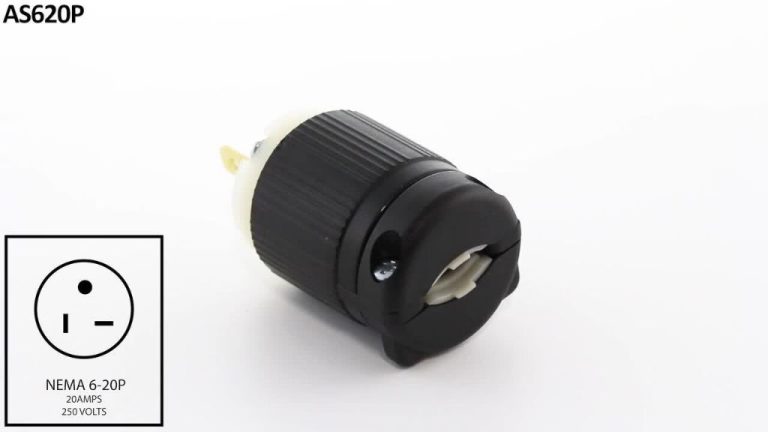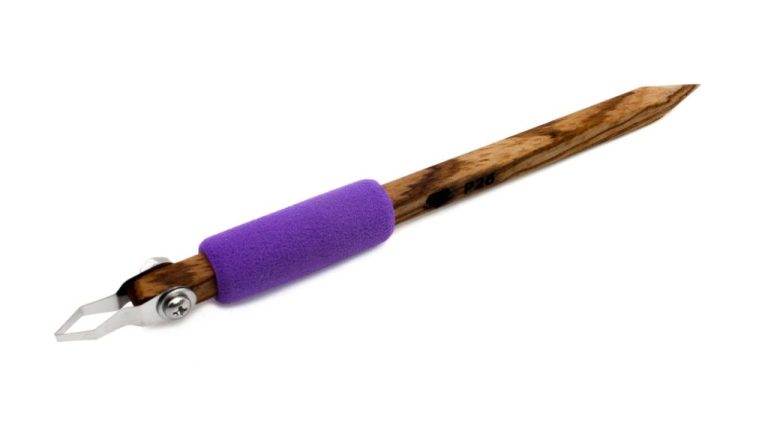What Is The Best Polymer Clay For Molds?
Polymer clay is a type of moldable modeling clay that hardens when baked in a regular oven. It is made of PVC resin mixed with a variety of ingredients such as pigments and plasticizers. Polymer clay is popular for crafting and creating decorative objects. A mold is used to create identical replicas of a sculpted object. By using polymer clay and molds together, artists and crafters can produce multiple copies of their designs quickly and easily.
This article will discuss the various types of polymer clays and their properties that make them ideal for use with molds. We will go over factors such as ease of use, finishing ability, color availability and texture options when evaluating the best polymer clays for molding. Popular brands will be recommended based on their suitability for achieving consistent results when casting pieces. The goal is to provide crafters with a definitive guide to selecting the optimal polymer clay for any molding project.
Types of Polymer Clays
There are several major brands and types of polymer clay that are commonly used for molding and crafting. Some of the most popular include:
- Sculpey – This is one of the most widely available and affordable polymer clay brands. Standard Sculpey clay comes in a range of colors and is easy to condition and work with. Sculpey III offers more flexibility and a smooth, matte finish. Super Sculpey bakes up very strong and is ideal for more detailed molds.
- FIMO – Produced by Staedtler, FIMO Professional clay is considered high-quality German polymer clay that’s available in a huge range of colors. It’s smooth and strong when cured, making it good for molding.[1]
- Premo! – This clay manufactured in the USA is very popular for its versatility, wide color palette and smooth, non-sticky texture when conditioned. It also cures strong and can capture fine details.
- Cernit – An oil-based modeling clay that’s soft and very elastic when conditioned. Cernit is easier to manipulate into molds before baking.[2]
Key Properties for Molding
When selecting a polymer clay for mold making, three key properties stand out: flexibility, detail reproduction, and durability.
Flexibility refers to how easily the clay can bend and conform to a mold without cracking or breaking apart. More flexible clays will capture intricate details and release cleanly from molds. According to Exploring the Types and Properties of Polymer Clays, polymer clays in general are quite flexible compared to other clays, making them ideal for molding applications.
Detail reproduction is critical for capturing every nuance of a mold. Stiffer clays may lose fine details, while more flexible clays can reproduce items with precision. As noted on Reddit, polymer clays can capture details well compared to regular pottery clays.
Durability means the clay holds its shape once baked and resists chipping or cracking over time. Durable clays will produce molded items with longevity. Look for clays known for strength after baking.
Consider clays with high marks in flexibility, detail reproduction, and durability. The ideal polymer clay will bend easily, pick up every detail, and result in a sturdy finished product.
Ease of Use
When working with polymer clay for molds, ease of use is a key consideration. Polymer clays vary in their workability and how much conditioning is required before molding. Some clays are quite stiff right out of the package and require substantial kneading and warming in the hands before they become pliable enough for pressing into molds. Other clays have a smoother, softer consistency that molds easily with minimal prep. Sculpey III, for example, is one of the most popular brands for molding due to its smooth texture that doesn’t require much conditioning beforehand (Using Silicone Molds with Polymer Clay).
The amount of conditioning impacts how quickly and easily the clay can be pressed into all the crevices and detail of a silicone mold. Well-conditioned clay that is warm and pliable will pick up more intricate designs versus clay that is stiff and firm. Some clays, like Fimo Soft, can be conditioned straight from the package, while others need 5-10 minutes of kneading beforehand. The ease of conditioning also depends on factors like clay composition and room temperature.
In addition to molding, ease of use also considers how smoothly the clay bakes and handles after baking. Some clays become quite firm after baking, causing molded pieces to be more brittle and prone to breaking when removed from the mold. Brands like Premo are known for baking up strong and flexible, allowing items to be gently eased out of molds with less risk of damage (Using Silicone Molds With Polymer Clay). Considering how a particular clay performs through the entire molding and baking process ensures the best ease of use.
Finishing
Proper finishing is crucial for getting a smooth, professional look with polymer clay pieces made from molds. There are several techniques to achieve the desired finish:
Sanding helps remove any imperfections and creates a uniform surface. Start with a coarse grit sandpaper like 120 and work up to finer grits like 400 for a smooth finish. Sand gently and avoid over-sanding which can create scratches. Sources: https://www.sculpey.com/blogs/blog/finishing-polymer-clay-pieces, https://www.sculpey.com/blogs/blog/the-importance-of-finishing-polymer-clay-designs
Buffing with a muslin wheel or microfiber cloth will create a soft sheen. Use a buffing compound or polish for more shine. Go slowly to avoid overheating the clay. Buff before and after sealing for best results.
Sealing the clay piece provides protection and can enhance the finish. Polyurethane, epoxy resin, and UV resin all work well as sealants. Apply in thin layers and allow proper drying time between coats. Sources: https://thebluebottletree.com/using-silicone-molds-polymer-clay/
Color Availability
When choosing a polymer clay for mold making, the range of color options is an important consideration. Brands like Sculpey and Fimo offer dozens of vibrant colors to choose from. Sculpey III has a palette of 42 colors including bright primaries, pastels, neutrals, metallics, and translucent shades. Fimo Professional Doll Art also has a wide selection with 36 colors from rich dark hues to light pastels. Other brands like Kato Polyclay and Premo Sculpey have more limited standard color ranges of around 20-30 colors, but they can be mixed to create custom colors.
For the most flexibility in achieving specific colors for mold making, brands with large color arrays like Sculpey III and Fimo Doll Art have the advantage. Their extensive premixed color options make it easy to find the perfect shade without having to manually mix and blend colors. The translucent and pearl colors they offer are also ideal for achieving certain shimmering and translucent effects in molded pieces. Overall, the wider range of premixed colors with brands like Sculpey and Fimo provide the most options right out of the package for mold making.
Source: https://ptownsubbie.com/pages/color-basics-applied-to-polymer-clay
Texture Options
One important consideration when choosing a polymer clay for molds is the ability to create different textures. Some clays are better suited for smooth surfaces, while others can be easily textured using various techniques.
According to this Sculpey blog post, stiff bristled toothbrushes can be used to stipple the clay’s surface and create interesting textures. The Sculpey Premo clay works well for this technique since it can be easily manipulated into textured finishes.
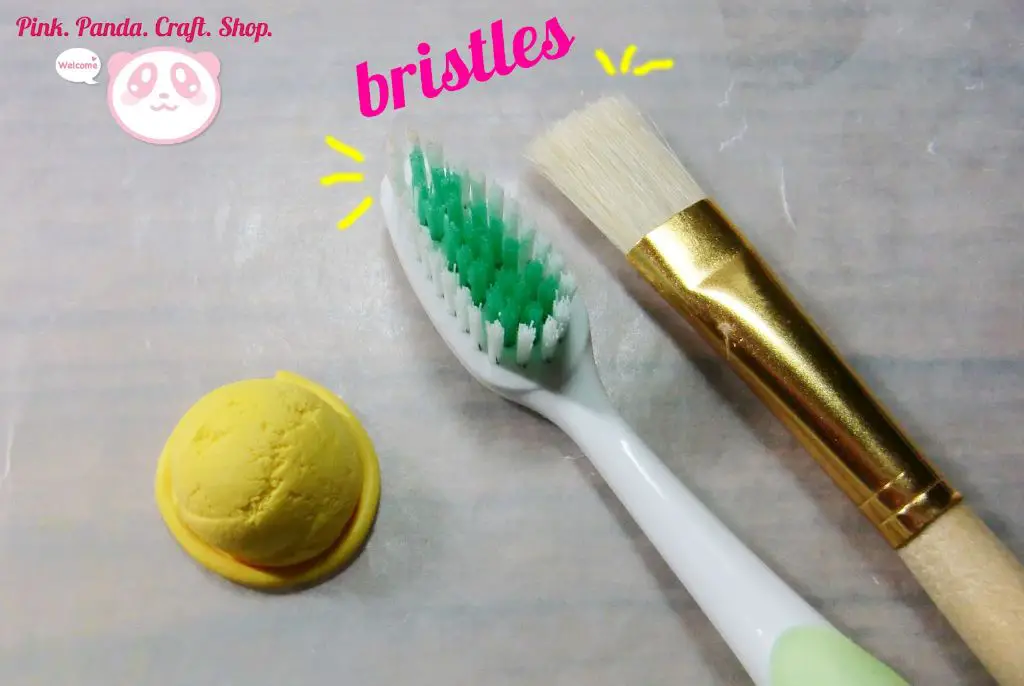
As explained in this article from The Blue Bottle Tree, sandpaper is another simple option for creating uniform textures to hide flaws and create visual interest. The sanded effect works best on firmer polymer clays like Kato Polyclay that can hold crisper detail.
So when selecting a polymer clay, consider if you want the ability to sculpt intricate textures versus achieve smooth, flawless finishes. The clay’s firmness and malleability are key factors for the types of textures it can achieve.
Cost
When it comes to price, there can be significant differences between polymer clay brands. Some of the most popular and highest-rated brands include Sculpey III, Sculpey Original, Fimo, Premo, and Cernit. Sculpey III and Original tend to be very affordable, priced at around $1-3 per 2 ounce block. Fimo and Premo cost slightly more, averaging $3-5 per 2 ounce block. Cernit is generally the most expensive, priced from $5-8 for a 2 ounce block.
It’s important to factor in cost per ounce when comparing brands. While Cernit may be the most expensive upfront, the quality is very high and a little goes a long way. Premo and Fimo offer excellent quality at a moderate price point. Sculpey III and Original are great budget options that perform well for most applications. Consider how often you’ll use the clay and what types of projects you’ll make when deciding if it’s worth investing in a more premium brand.
Top Brand Recommendations
When choosing the best polymer clay brand for molds, three top options stand out:
Fimo Professional
Fimo Professional clay is one of the most popular brands for molding and sculpting. It has a firm texture that holds fine details well. The clay can be conditioned and blended easily. Fimo offers an extensive range of vibrant colors to choose from. It is a mid-priced brand that provides professional quality results (Source).
Sculpey III
Sculpey III is a versatile polymer clay that works well for mold making. It has a medium hardness and can pick up intricate mold details. The clay has good strength when baked. Sculpey III comes in a wide selection of colors, including glow-in-the-dark options. It is one of the most affordable clays. A potential downside is that it can be prone to fingerprints during sculpting (Source).
Kato Polyclay
Kato Polyclay is a premium clay known for its ultra-smooth texture. It has excellent molding properties and can cleanly pick up very fine details. The clay holds its shape well during sculpting. Kato offers a large color palette. A drawback is the clay can be more difficult to condition and bake compared to other brands. It also comes with a higher price tag (Source).
Conclusion
When choosing the best polymer clay for making molds, the key properties to consider are ease of use, finishing, color and texture options, and cost. The top brands recommended based on these criteria are Sculpey, Fimo Professional, and Premo.
Sculpey is one of the easiest polymer clays to work with, available in a wide variety of colors, and bakes to a smooth finish. Fimo Professional has a firm texture great for capturing fine details in molds, and a glossy finish when baked. Premo polymer clay has vibrant colors and a buttery texture that makes molding easy.
In summary, Sculpey, Fimo Professional, and Premo are excellent choices for mold making and designing, offering the right balance of moldability, finishing, colors, and texture at an affordable price point.

